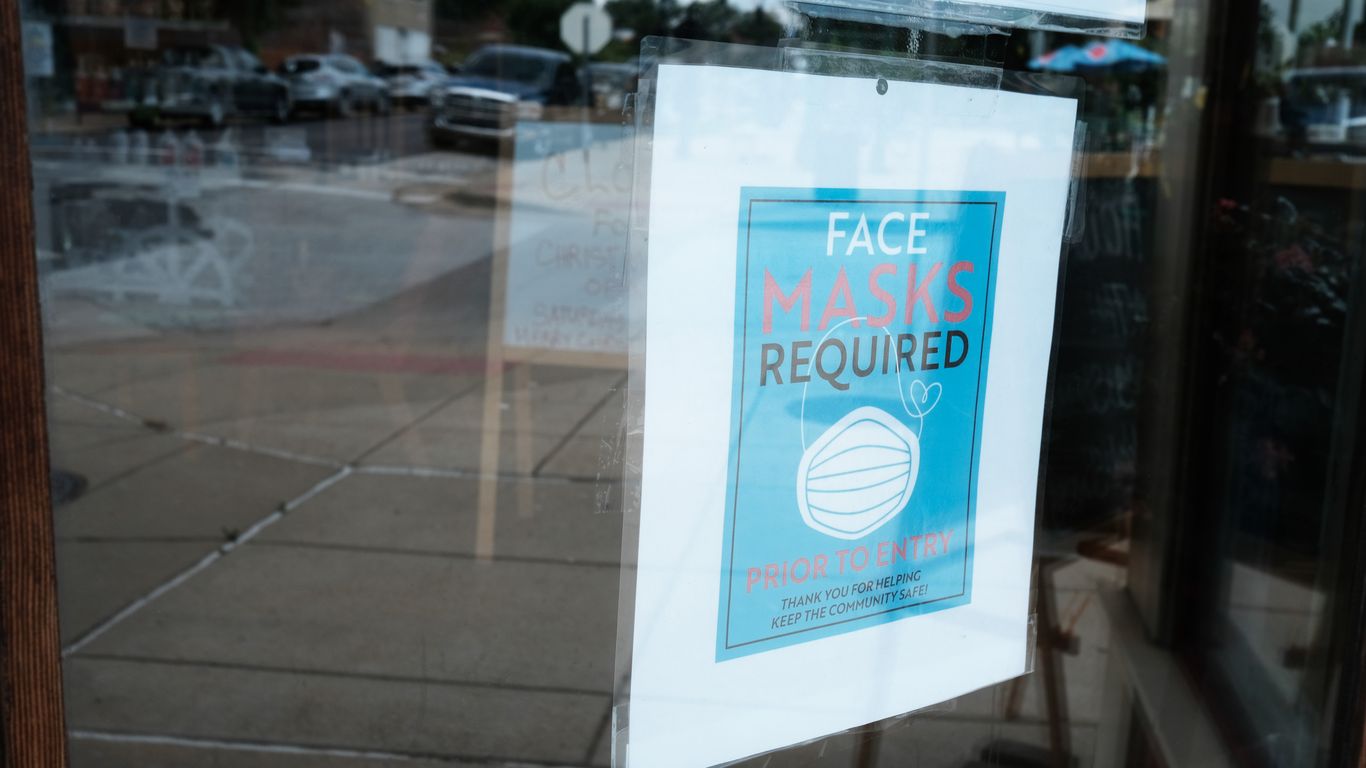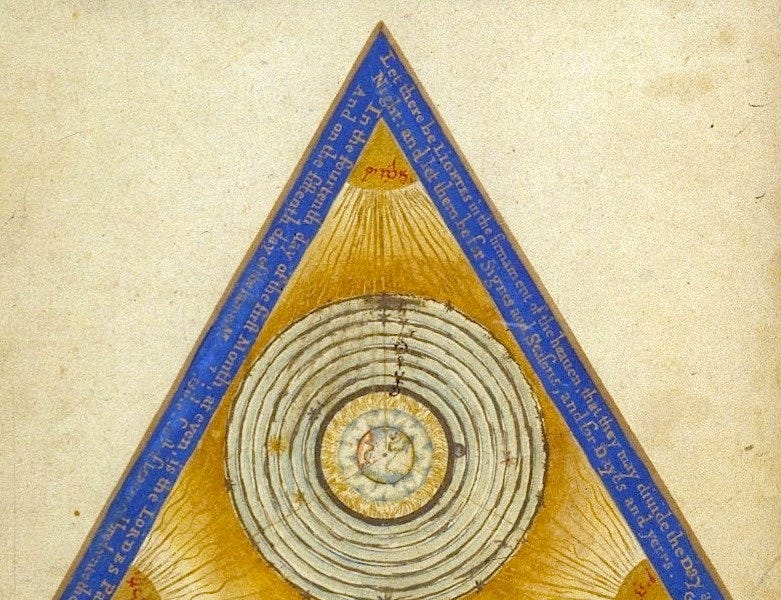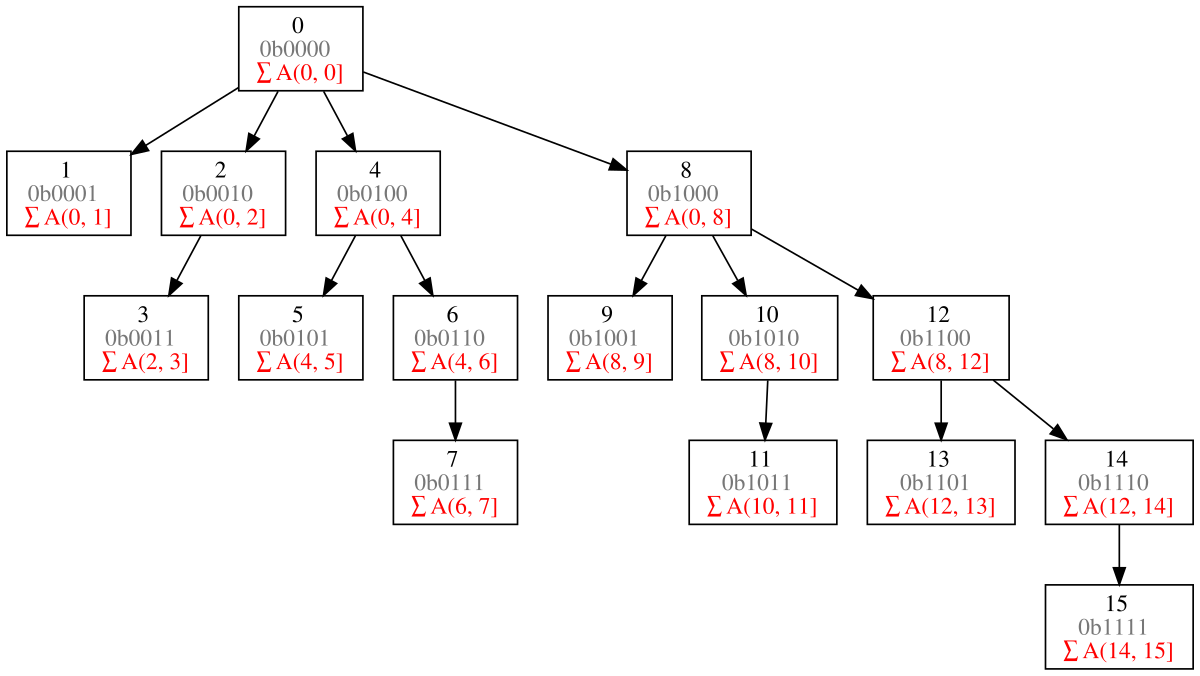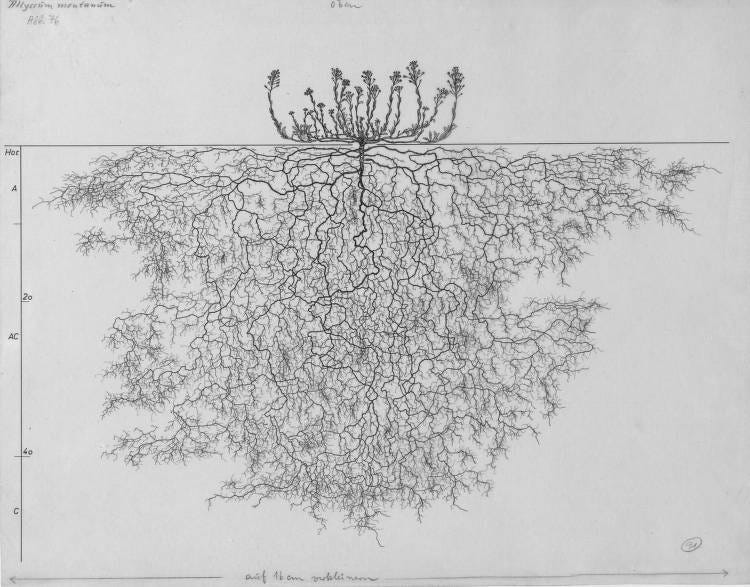
A Clue to Why the 1918 Pandemic Came Back Stronger Than Before
The three teenagers—two boys and a girl—could not have known what clues their lungs would one day yield. All they could have known, or felt, before they died in Germany in 1918 was their flu-ravaged lungs failing them, each breath getting harder and harder. Tens of millions of people like them died in the flu pandemic of 1918; they happened to be three whose lungs were preserved by a farsighted pathologist.
A century later, scientists have now managed to sequence flu viruses from pea-size samples of the three preserved lungs. Together, these sequences suggest an answer to one of the pandemic’s most enduring mysteries: Why was the second wave, in late 1918, so much deadlier than the first wave, in the spring? These rediscovered lung samples hint at the possibility that the virus itself changed to better infect humans.
This might sound familiar. The no-longer-so-novel coronavirus is also adapting to its human host. With modern tools, scientists are tracking the virus’s evolution in real time and finding mutations that have made the virus better at infecting us. More than 1.4 million coronavirus genomes have now been sequenced. But the database for the 1918 flu is much smaller—so much so that the comparison feels unfair. This new study brings the number of complete 1918 flu genomes to a grand total of three, plus some partial genomes.











/cdn.vox-cdn.com/uploads/chorus_asset/file/25416391/STK473_NET_NEUTRALITY_CVIRGINIA_C.jpg)





/cdn.vox-cdn.com/uploads/chorus_asset/file/25415669/1238020424.jpg)




